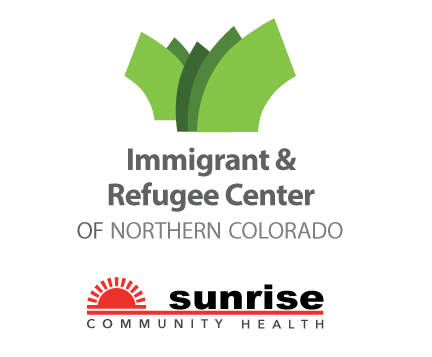Disaster Preparedness
It is always important to prepare for possible disasters and unplanned emergencies. Knowing how to prepare can be difficult, especially in a new setting where you are unfamiliar with the resources available. To that end, our staff have created this page to anticipate the unique needs of our clients and to try and anticipate disasters that might face our campuses. This page is not exhaustive in its instructions, and those interested in being more adequately prepared should work with their local city emergency preparedness office or local branch of the Red Cross.
Our office thanks the Northern Colorado Chapter of the Red Cross for their help in working directly with our staff in emergency preparedness.
This page is broken up into four sections: the IRCNOCO Readiness Checklist, Disasters in Our Area, the Preparation Infographic, and Resources to Keep Handy.
Section 1: IRCNOCO Readiness Checklist
We have prepared this checklist as a downloadable postcard to keep handy. Fill out the checklist to know if you are prepared, and also be sure to fill out the general information about you and your family to give to emergency responders if you do not speak English. The more information they have about you, the more helpful they can be!
What types of disasters are most common in Northern Colorado?
How to Prepare for each disaster
Blizzards:
Fires: Fires can be home fires or wildfires. You need to be prepared for both! For a home fire, make sure these preparations are in place:
Check your smoke detectors’ batteries to make sure they are working. Make sure you have detectors inside every room of your house.
Plan an escape route out of your house in the event of a fire.
Floods:
Tornados: Tornadoes can catch communities off guard, and it is important to be aware of what to do quickly if a tornado is in your area. Be sure to:
Get into a safe, sturdy building; a basement is best.
Stay away from windows, doors, and exterior walls.
Protect your head and neck from debris.
Sign up for your community’s warning system.
Hailstorms:



